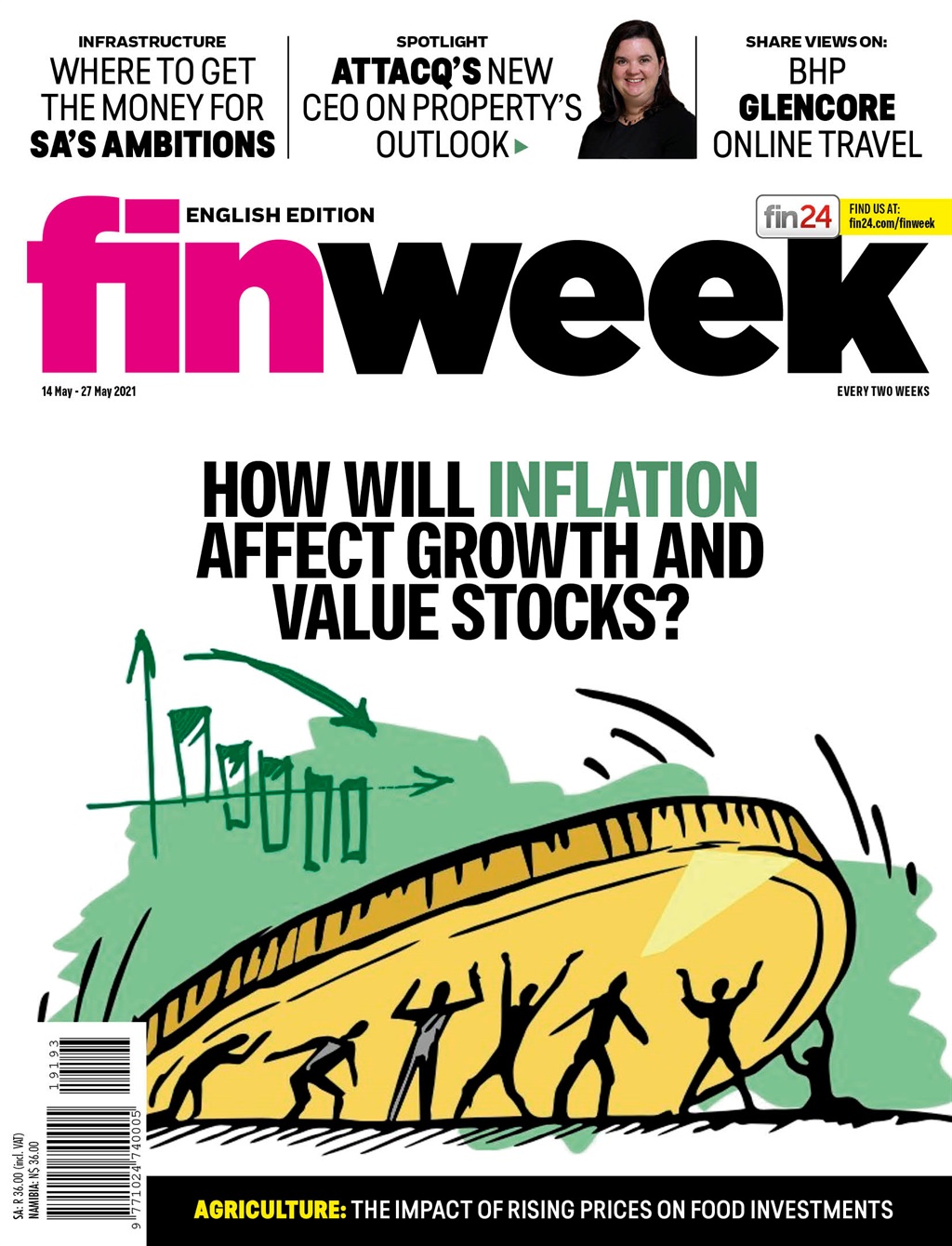
Will the rand reach its highs again? A number of economic and market factors determine the direction of the currency’s strength.
Following the release of Steven Spielberg’s hit film Jaws in 1975, the 1978 sequel, Jaws 2, had one of the most famous taglines ever: “Just when you thought it was safe to go back in the water”. I’ll try to not give too much away, in case anyone hasn’t seen these yet (spoiler alert), but after the massive shark stalking a seaside village is “defeated” in the first movie, the danger returns just as people started to feel safe again.
Just over 12 months ago (23 April 2020) we saw the rand trading at over R19 against the US dollar for the first time in history. About a year later, it now trades closer to R14 for a dollar, and some are saying that the period of strengthening may be behind us. The proverbial rand strength “shark” might have left our waters. So, what happened over the past year that caused this massive improvement? To answer this question, I am going to discuss a few main factors that influence the rand, and then I will leave it up to readers to decide for themselves just how safe the water is.
Differences in inflation
It must be said that countries with lower inflation generally appear to be better off than those with higher ones. Let us compare the rand and South Africa’s inflation rate with the US dollar and the US inflation rate over the past 30 years.
Over the past 30 years, theSA inflation rate was an average of 4.3 percentage points higher than US inflation. This is interesting, because 0.5 percentage points is the lowest difference in inflation rates between the US and SA in nearly 15 years. You will also remember that between the end of 2002 and late in 2006marked the last time we saw such a small inflation rate difference between these two countries. And then, too, we saw how the rand strengthened from levels of around R10 per dollar to below R6.
Interest rate differences
To start off, I would first like to mention that interest rates, inflation and exchange rates go hand in hand. It’s important to note that when one country’s interest rate is higher than another country’s interest rate, in many cases investors in the lower interest rate country will be attracted to countries with higher interest rates because of more favourable investment opportunities. In other words, higher interest rates attract offshore investments and capital, which in turn help strengthen that country’s exchange rate.
The difference between the 10-year government bond yields of SA and the US, for example, shows that SA is trading at the highest difference in 20 years, which could mainly be attributed to SA’s downgrading to junk status during this period (see graph). When SA experienced such extraordinary differences in the past, this gap also closed relatively quickly, which in turn helped the rand strengthen against the dollar.
Current account deficits
A country’s current account reflects the balance of trade between that specific country and its trading partners. It basically indicates all payments between countries for goods, services, interest and dividends. A current account deficit means that a country is spending more on foreign trade than it’s earning, in other words, importing more than it’s exporting.
While SA finds itself in extraordinary circumstances, it is interesting to note that the country has had two of the largest current account surpluses in our economic history over the past two quarters. This can partly be attributed to the strong global commodity boom. Using SA’s precious metals exports as an example, you will see that the average monthly exports totalled R16.5bn over the past ten years. The most recent figures (for February 2021) showed an increase to R20.7bn in these exports. No one must wonder about the effect this may have on the rand.
When you place the IMF All Commodities Index relative to the MSCI All Country World Index and compare it with the rand-dollar exchange rate, you will clearly see that a strong commodity run has historically always been positive for the rand’s performance. Even more interesting to note is that current relative value may mean that we are now only seeing the beginning of this possible commodity cycle upswing.
For now, our waters appear to be a much nicer place that it was 18 to 24 months ago, and I think those who want to blow the danger whistle to get everyone out of the water, must be very brave to do so.




 Publications
Publications
 Partners
Partners













